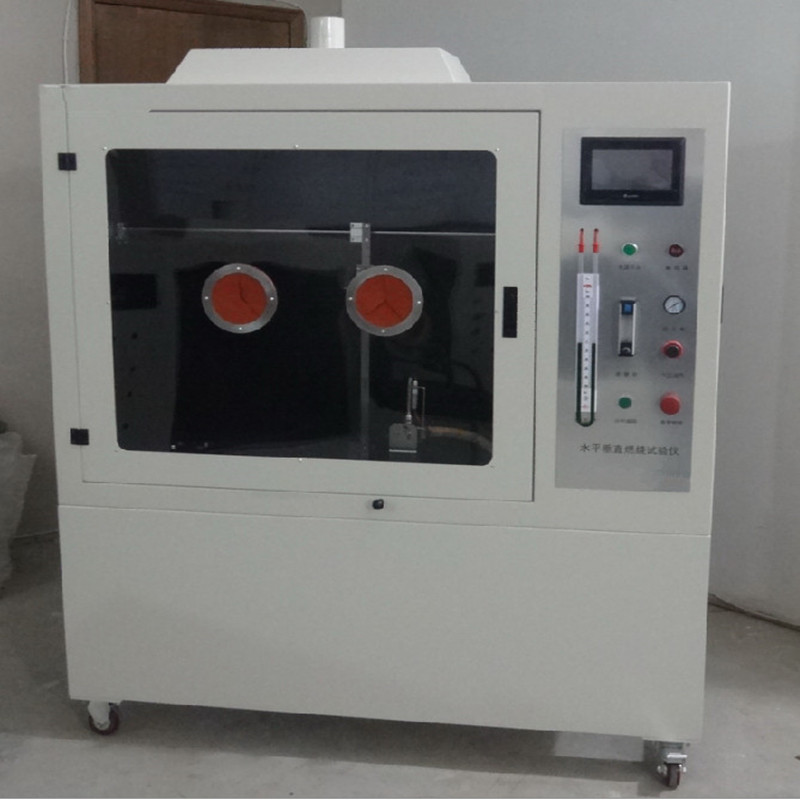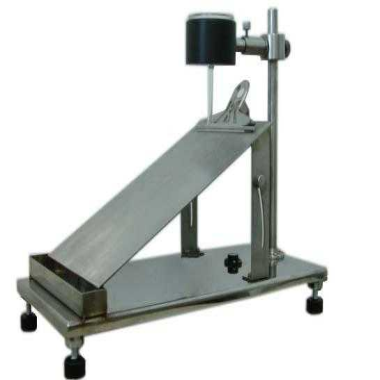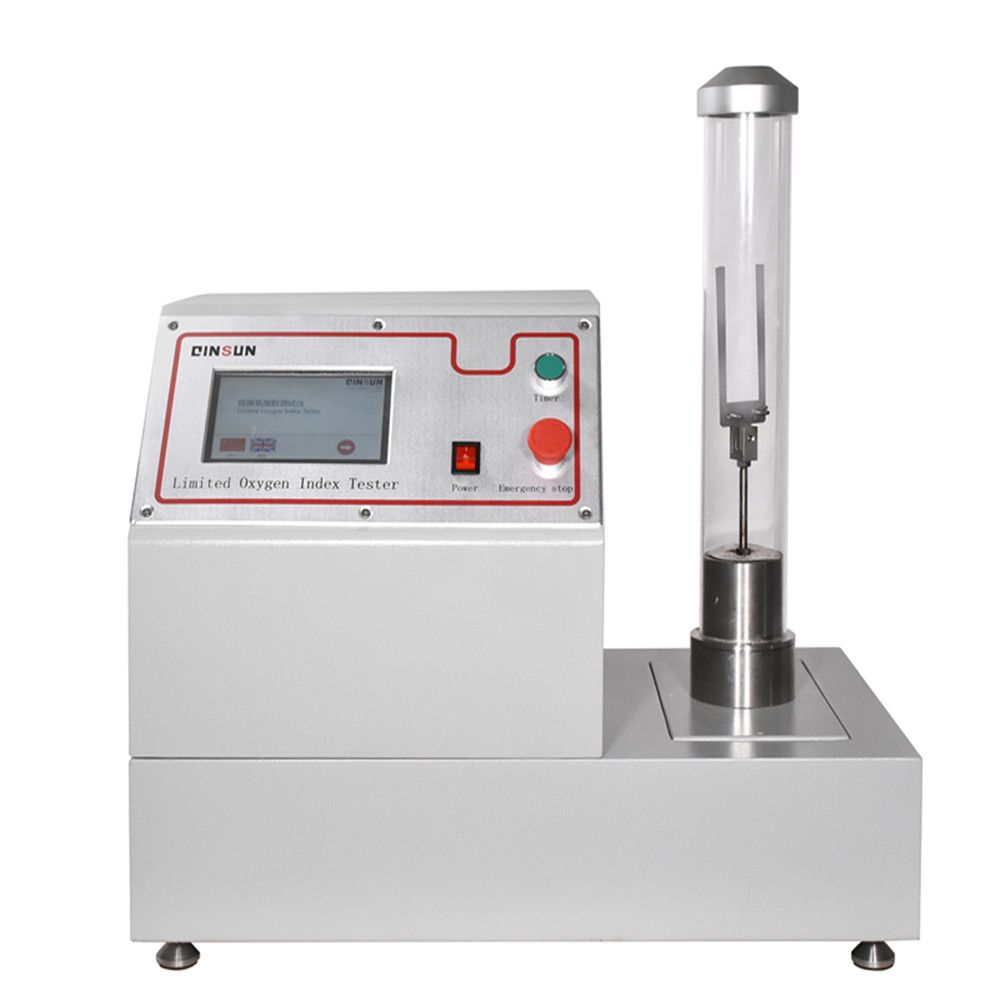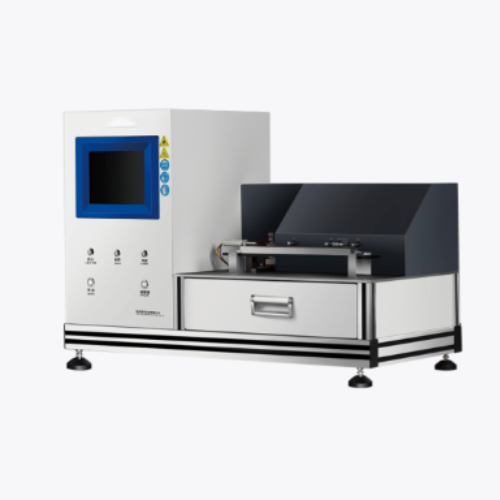UL94 Test: Grade & Selection Guide
New 21 10 月, 2025
Core Methods of UL94 Test and Thickness Impact
The core method of the UL94 test involves using a specified standard flame to ignite a test sample and closely observing the sample’s burning extent, burning speed, whether there is dripping, and whether the dripping substances can ignite flammable materials (such as cotton wool) below. Based on the sample’s thickness, burning behavior, and self – extinguishing ability, it is classified into different flame – retardant grades.
It is worth noting that the thickness of the material has a significant impact on the test results. For the same material, the greater the thickness, the easier it is to achieve a higher flame – retardant grade. Therefore, when indicating the UL94 grade, the sample thickness must be specified simultaneously, for example, “UL94 V – 0 @ 1.5mm”.
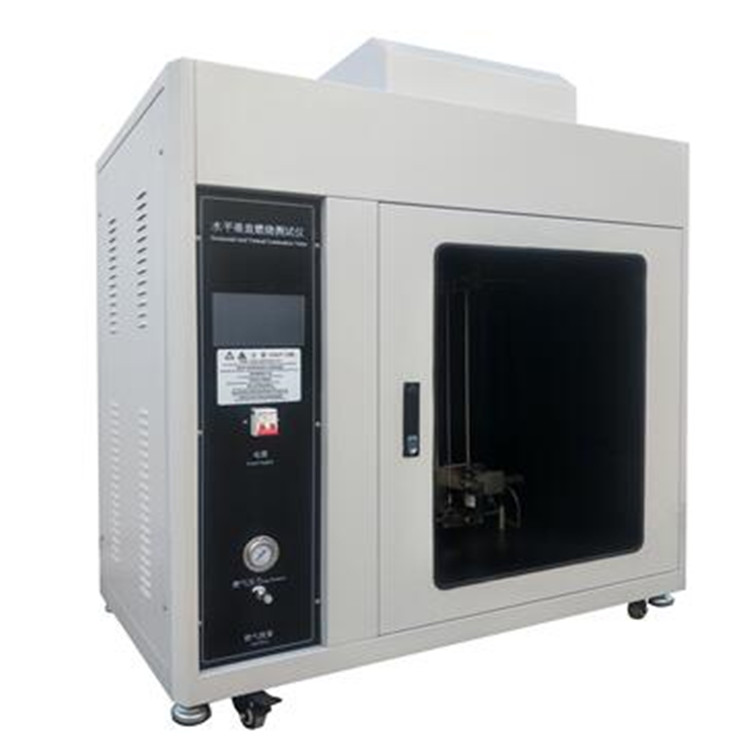
Main UL94 Grade Classifications
Vertical Burning Grades (V – 0. V – 1. V – 2)
Vertical burning grades are the most common and have the strictest requirements in UL94 tests. During the test, the test sample is placed vertically, and the flame is ignited from below. The evaluation criteria mainly include the after – flame burning time of the sample after each removal of the flame, whether it burns to the fixture, whether there is dripping, and whether the dripping substances ignite the cotton wool below.
- UL94 V – 0: As the highest flame – retardant grade, after each removal of the flame, the after – flame burning time should be ≤ 10 seconds; the total after – flame time of a group of samples (5 pieces) should be ≤ 50 seconds; there should be no burning substance dripping to ignite the cotton wool below; the sample should not be completely burned (burned out); and the flame should not burn to the upper edge of the fixed fixture.
- UL94 V – 1: After each removal of the flame, the after – flame burning time should be ≤ 30 seconds; the total after – flame time of a group of samples should be ≤ 250 seconds; there should be no burning substance dripping to ignite the cotton wool below. Other requirements are the same as those for V – 0.
- UL94 V – 2: The burning time requirements are exactly the same as those for V – 1. However, it allows for the dripping of burning substances, and the dripping substances can ignite the cotton wool below. This is the key difference between V – 2 and V – 1.
Horizontal Burning Grade (HB)
The horizontal burning grade is the lowest – requirement grade. During the test, the test sample is placed horizontally, and the flame is ignited from one end. The evaluation criterion mainly measures the burning speed of the flame on the sample. For samples with a thickness < 3mm, the burning speed should be ≤ 40mm/min; for samples with a thickness ≥ 3mm, the burning speed should be ≤ 75mm/min. Moreover, before the flame burns to the 100mm mark line, it must extinguish itself. HB – grade materials are usually called “slow – burning materials”. They can burn but at a relatively slow speed and do not have self – extinguishing properties.
Higher – Level Flame – Retardant Grades
For materials with more excellent flame – retardant properties, there are more stringent test methods.
- 5VA / 5VB: A 500W flame is used, which is much more intense than the 50W flame in the V test. The test sample is tested in both vertical and horizontal positions. 5VB allows the sample to be burned through (with holes), but the flame burning time should meet the specified requirements (the after – flame and after – glow time should be ≤ 60 seconds), and the dripping substances should not ignite the cotton wool. 5VA is the highest grade. It has stricter requirements than 5VB and does not allow the sample to be burned through. It is the highest flame – retardant grade in the current UL94 standard.
- VTM – 0. VTM – 1. VTM – 2: These are applicable to extremely thin plastic film (Thin Film) materials (usually with a thickness of less than 0.25mm). The test methods and evaluation criteria are similar to those of V – 0. V – 1. and V – 2. However, since the samples are too thin to stand upright, a special metal frame is used for vertical testing.
Summary Comparison of UL94 Grades
| Grade | Test Method | Maximum Single After – Flame Time | Allow Dripping and Ignite Cotton Wool? | Remarks |
|---|---|---|---|---|
| 5VA | Vertical & Horizontal (500W Flame) | ≤60 seconds | No | Highest grade, sample not allowed to be burned through |
| 5VB | Vertical & Horizontal (500W Flame) | ≤60 seconds | No | Allows sample to be burned through |
| V – 0 | Vertical | ≤10 seconds | No | Highest vertical burning grade |
| V – 1 | Vertical | ≤30 seconds | No | – |
| V – 2 | Vertical | ≤30 seconds | Yes | Main difference from V – 1 |
| HB | Horizontal | Burning speed meets the standard | Yes | Lowest grade, slow – burning material |
How to Select the Appropriate UL94 Grade
When selecting materials, a higher grade is not necessarily better. Multiple factors need to be considered comprehensively.
- Final Product Safety Standard Requirements: Different products, such as mobile phones, TVs, and chargers, have their own mandatory safety standards. These standards require that specific components must reach a certain UL94 grade, with V – 0 being a common requirement.
- Material Thickness: Be sure to confirm the thickness under which the grade was tested. When selecting materials, ensure that the wall thickness of your product is not less than the test thickness.
- Cost – Performance Balance: Materials with higher flame – retardant grades usually mean higher costs or sacrifices in certain mechanical properties. Therefore, it is necessary to find the best balance point among safety, cost, and functionality.
- Other Performance Requirements: Such as the material’s strength, heat resistance (CTI), color, and whether it needs to pass FDA certification.
The UL94 provides a systematic and scientific framework for evaluating and comparing the flame – retardant properties of plastic materials. From the lowest HB grade to the highest 5VA grade, designers can clearly select appropriate materials according to the product’s safety requirements to provide reliable safety guarantees for end – users. Clearly defining the required UL94 grade at the early stage of product development is a crucial step to ensure that the product passes safety certification smoothly.
